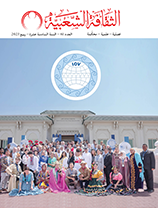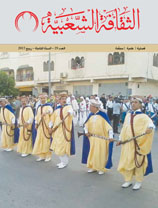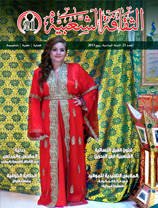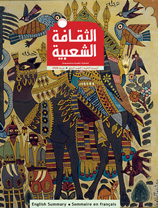Ibn Khaldun And the Science of Folklore
Issue 8
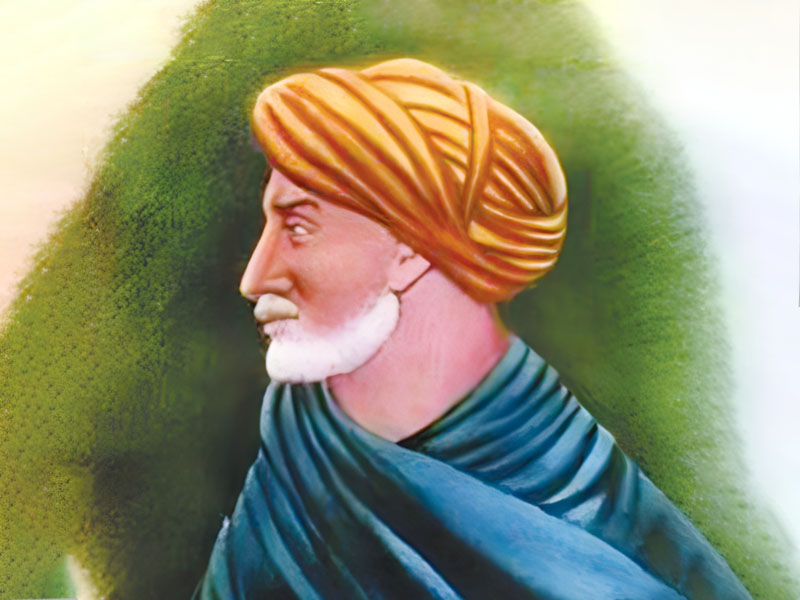
Sabri Muslim Hammadi (Iraq)
If people, in general, did not pay attention to this treasure of folklore but in our time, the Arab scientist Abdu r-Rahman Ibn Khuldoon, who was Moroccan by birth and Yemeni from Hadramot by origin, and whose literary works glittered in the eighth century of Hegira, had recognized the importance of people beliefs and their popular practices at that time. He was not only satisfied with describing these beliefs and practices, but he also held an attitude toward them, that is apparently similar to the new attitudes that prevail in the modern era. This is particularly obvious when Ibn Khaldun speaks about the phenomenon of magic in his famous Muqaddimah (Introduction). He considers magic and some of what is related to it as sciences, defining them as “sciences about aptitudes that enable human souls to influence the word of elements either with the help of spiritual acts or without it. In the first case, it is the magic, in the second – the talismans. In saying this, he implies that these sciences have appeared as a result of the human’s mechanical and technical deficit that motivated him to resort to these means to change the nature surrounding him. Ibn Khaldun stresses this idea when he mentions that the said appearances of magic aim to transform the qualitative state of objects from one shape to another “by psychological power rather than practical manufacturing”. Ibn Khaldun cites a third type of magic, which is “the influence of the imaginary forces in which the influencing person resorts to some illusionary forces, deals with them somehow, throws some imaginations, imitations and forms that he intends to include inside them, and then brings them down to the viewers’ consciousness, using his own powers that influence himself. The viewers perceive these forces as being outside their senses, which is not true”. In this kind of magic, Ibn Khaldun almost makes a gesture to the forces of the psychological suggestion lived by some people, influencing them or influenced by them. The hypnosis is just a manifestation of such psychological suggestion. Ibn Khaldun attributes some forms of magic to the human’s desire to become aware of his or her own future and of what might occur to him or her in the coming days. The human might be ambitious to be aware of his luck in this life and of what he will gain or lose in it. In his Introduction, Ibn Khaldun seeks to connect some aspects of magic in his era, such as the sciences of astrology, necromancy, fortune-telling, etc with their roots in the pre-Islamic times, i.e., with what was called divination and augury. Reflecting on Ibn Khaldun’s Introduction and on the style that the writer utilized to penetrate into the subject of popular beliefs and some appearances and forms of magic in the eighth century of Hegira, the author reaches to a firm conclusion that this Arab scientist proceeds from an organized and civilized mind. He is not satisfied with the external form of the popular belief; he discovers its mysteries, refers it back to its roots, looks for its causes, and does not leave it unless he covers all its aspects and studies it thoroughly. Ibn Khaldun rejected many popular beliefs, which were mythical or were not based on solid and logic arguments. He managed to do so, utilizing True Islamic law (Sharia) and facts of some sciences of his time, such as scholastic theology, logic, etc, not to mention his unique mental gift in justification, induction and deduction. Having done this, Ibn Khaldun adds a new root that extends to our age and is linked to a contemporary specialization called the science of folklore, namely, its division that is related to popular practices. This was an indication of the birth of the present science of Folklore and its practical fields of research.











